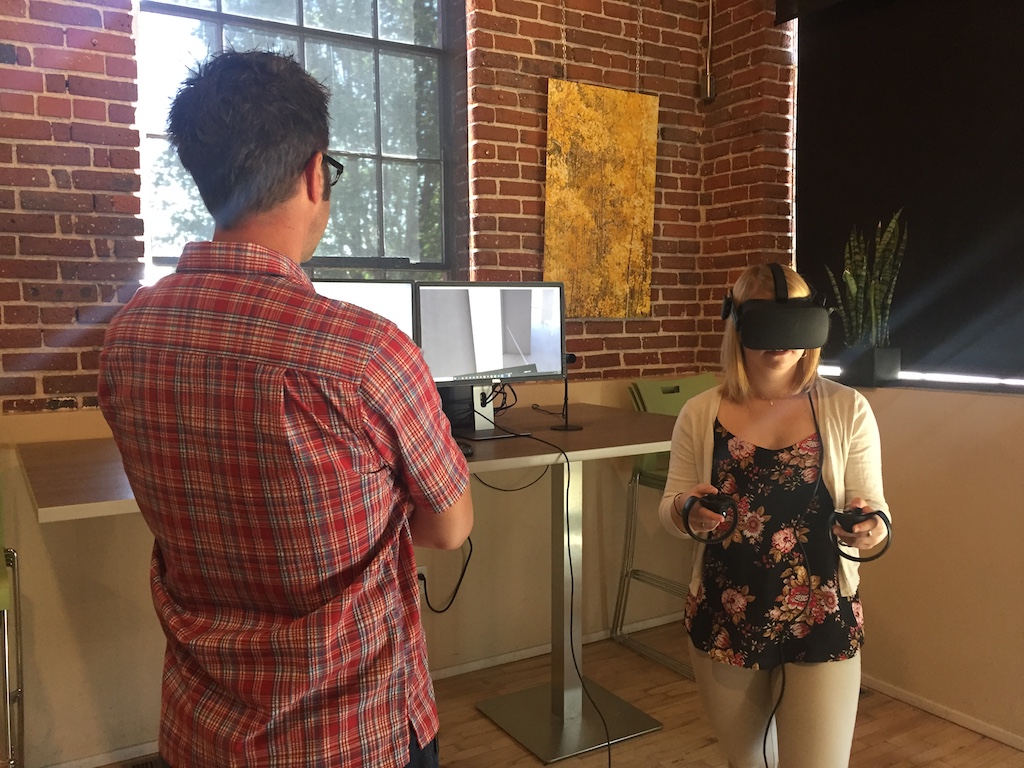DENVER— In a world where technology seems to be a leading force in our lives, CRE companies are turning to advanced technologies to enhance projects and client relationships. Denver-based residential architecture and land planning design firm KEPHART is exploiting the technology boom by incorporating virtual reality (VR).
KEPHART is using VR as a tool to further the traditional design process. Starting early in the conceptual stages throughout the design process, KEPHART’s team presents the design in 3-D and VR to allow clients to experience the construction themselves. When looking at a floorplan or even on a computer screen, KEPHART Director of Design Technology Jake Kozlowski says it is easy to be convinced that designs will work out, but by going into the design and walking through buildings, KEPHART can spot oversights or physical constraints and get them corrected.
“As a design tool, it can be very powerful,” said Kozlowski. “It’s amazing when you put that headset on and little things become apparent right away. Sometimes we can convince ourselves that 5 feet is going to be enough [space], but once you get in there and you feel that space constrain you see the problem and you can make adjustments.”
Using this tool, KEPHART can redesign and improve the space faster.
“A lot of times clients go into their project as it’s being framed and see something they want to change. By then it’s not too late but it’s expensive,” said Kozlowski. “Now we can explore these different options and they can tell sooner whether or not it feels right to them, so we can make changes in design rather than in construction.”
Not everyone can pick up a 2-D drawing and immediately imagine the space; VR technology also helps imagine how the project will fit into a neighborhood, explained KEPHART’s Design Director Bobby Long. Involving the community allows KEPHART to react to the community’s concerns before finalizing a project.
“It helps us put our building in the neighborhood fabric where we can see the buildings next door and even what the views would be,” stated Long.
Not only is this VR technology changing the way KEPHART is completing projects, VR technology is also creating a community to help share information around the world. Open Maps software allows others to experience not only the projects built in VR, but it is also a platform to collaborate with other architects’ models and projects.
“I think we’re moving toward more of an open space world where people will be able to upload their models and create this virtual world that then everyone has access to,” Long explained. “I don’t think we’re there yet, but I don’t think that’s far away.”
With VR being readily available to KEPHART it has become an integrated part of their project workflow.
“I would challenge anyone who says they don’t need to use [VR],” said Long. “It usually means that they are not thinking about the project in the way that they should. Once they do put the goggles on and see it, they think, yeah I really needed this.”
By Malorie Williamson and Liz Gibbons









